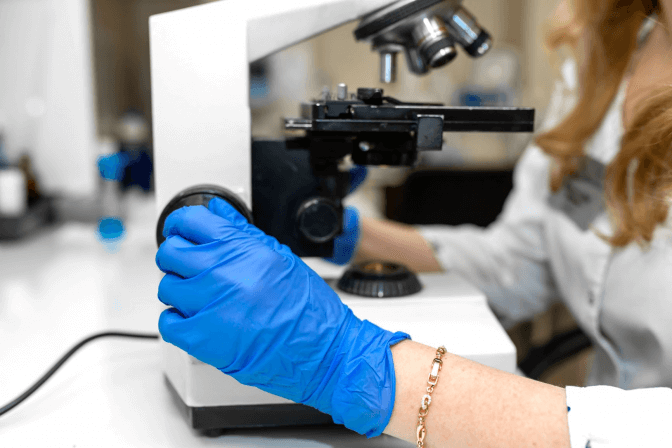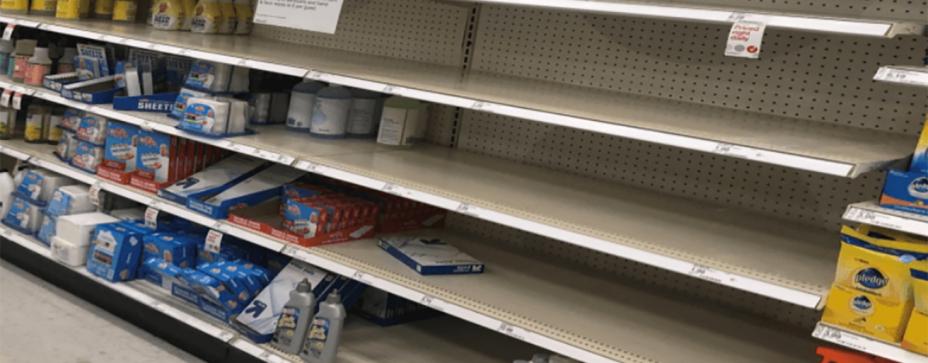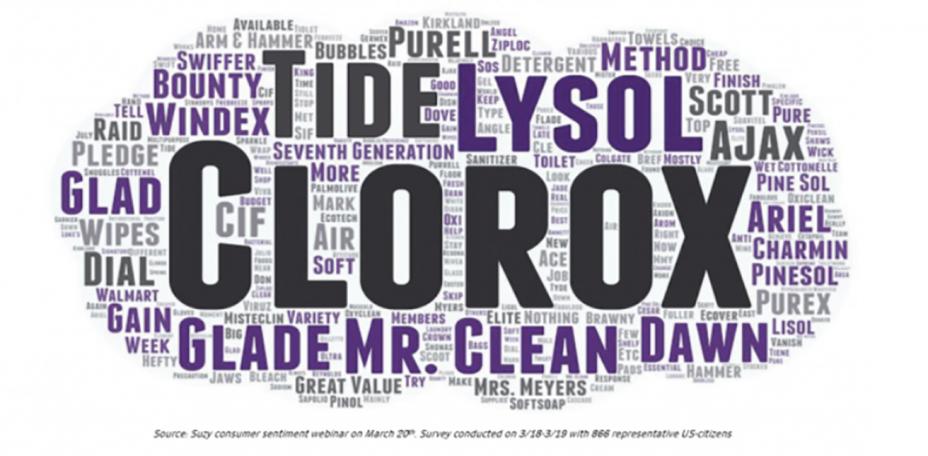Hard surface cleaners during COVID-19
What are the consequences of the new normal of disinfecting our homes more?
By Clemens C. Heikaus PhD, Head of Microbial Cleaning
If you go to the supermarket these days, you will notice that the first shelves to be sold out are consistently the ones for surface cleaners. This makes complete sense because people are very concerned about cleaning their homes and getting rid of viruses.
This crisis re-emphasizes many decades of education for the American consumer that cleaning equals disinfection. According to a recent survey conducted in the end of March, home care brands like Clorox and Lysol are the most sought after, and both are staples of disinfection.
But let’s take a closer look:
Another recent survey conducted by the American Cleaning Institute revealed that, even during this crisis, 42% of Americans are not following the usage instructions on the product label. To achieve the desired disinfection, it is recommended to first clean the surface to get rid of food residues and dirt, then leave the surfaces soaked for 5 to 10 minutes or letting it air-dry. This requires consumers to change habits and awareness.
By using disinfectant cleaners more, we are also bringing a lot of harsh chemicals into our homes where we spend even more time during this crisis. According to Consumer Reports, based on many academic studies, long-term overuse of disinfectants can trigger autoimmune diseases, respiratory irritation, and asthma. According to the Journal of Environmental Health, fumes from disinfectant products remain detectable in the air for about 20 minutes. So keeping yourself, your children, and your pets away during the cleaning time is highly recommended.
From a long-term perspective, consumers are still looking for more eco-friendly cleaners. In fact, the market research company Mintel emphasized in a recent report that, even during this crisis, it is crucial that brands continue to consider environmental sentiments when they develop new products.
So how can we strike a balance to create a clean, safe and healthy home during this time?
Before shutting down in March, the New York Stock Exchange gave a pretty good example of how this may look. The trading floor was first cleaned and disinfected, then a probiotic cleaner was applied. By doing so, they added a layer of probiotic bacteria to the surface, which will sit there to provide a longer-lasting shield and will keep the surface cleaner for multiple days.
As a developer of probiotic cleaning solutions, Novozymes sees this as an excellent way to help create a safe, clean home while adding to the balance of good biodiversity, similar as what probiotic foods like yogurt are doing in our stomachs.
We have designed our probiotic solutions so that they are stable in the bottle, become active on surfaces, express cleaning enzymes and break down soils deep in the cracks of the surfaces, providing a deeper, longer-lasting clean. We also know that adding the long-lasting biological cleaning heroes to surface cleaners resonates with consumers, and several new brands have emerged to address this desire, such as Counter Culture or Reckitt Benckiser’s VEO.
We look forward to discussing how probiotic cleaners can work for you.
But most importantly, please stay safe during this crisis.
Probiotic cleaning

Probiotic cleaning
Probiotics are making their way into the cleaning aisle as a green alternative to conventional cleaners. Find out more about how this technology is set to become the future of clean.

